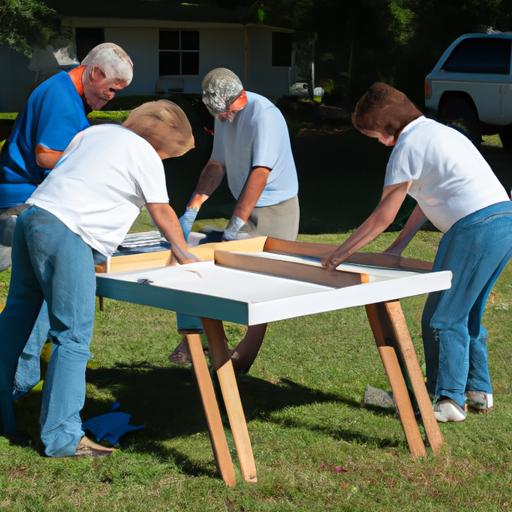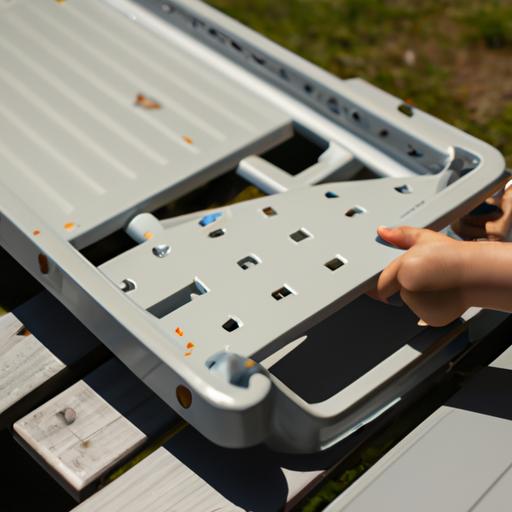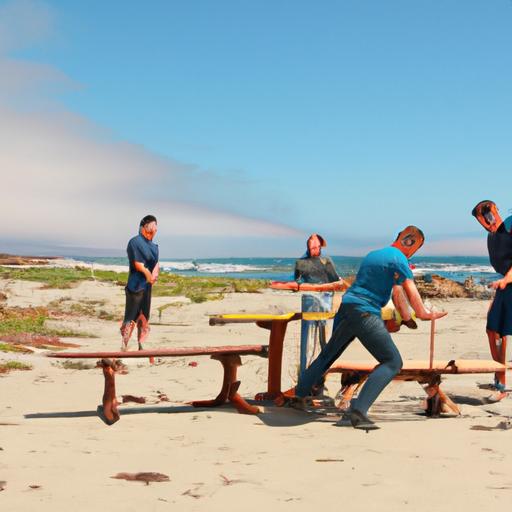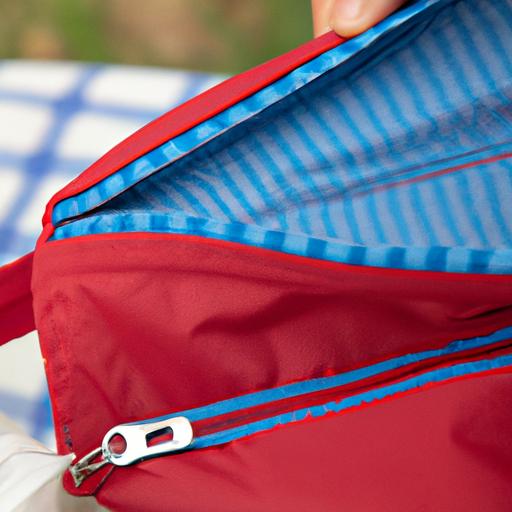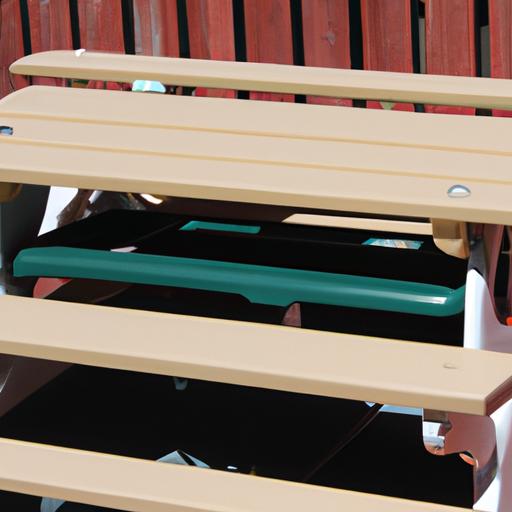How to Build a Picnic Table: A Step-by-Step Guide from This Old House
Introduction
Are you ready to transform your backyard into the perfect spot for outdoor gatherings? One essential element you can’t afford to overlook is a sturdy and functional picnic table. Not only does it provide a comfortable seating area, but it also adds a touch of charm to your outdoor space. In this comprehensive guide, I will walk you through the process of building your very own picnic table, step by step.
The Importance of Having a Picnic Table
Imagine the joy of hosting a delightful picnic or enjoying a meal with your loved ones in the fresh air. A picnic table serves as the centerpiece of these cherished moments, offering a dedicated space for dining, playing games, or simply gathering together. It not only enhances the aesthetics of your backyard but also provides a practical solution for outdoor seating needs. With a well-built picnic table, you can create lasting memories while enjoying the beauty of nature.
An Overview of Building a Picnic Table
Building a picnic table may seem daunting at first, but rest assured, it’s an achievable DIY project that requires minimal expertise. By following the right steps and using the right tools, you can successfully construct a picnic table that meets your specific requirements. Whether you’re a seasoned carpenter or a novice enthusiast, this guide will provide you with the necessary instructions and insights to tackle this project with confidence.
Introducing “This Old House” as a Trusted Source
When it comes to reliable and expert advice on home improvement projects, “This Old House” stands out as a trusted source. With decades of experience and a team of skilled professionals, they have been guiding homeowners through various DIY projects, including building picnic tables. Throughout this guide, we will draw upon the expertise and insights shared by “This Old House” to ensure you have all the information you need to create a picnic table that not only looks great but also stands the test of time.
Now that we understand the significance of a picnic table and have an overview of the building process, let’s dive into the tools and materials required to get started.
Tools and Materials Required
List of Necessary Tools
Before embarking on your picnic table building journey, it’s essential to gather the right tools. Here’s a comprehensive list of tools you’ll need to ensure a smooth construction process:
- Measuring tape: Accurate measurements are crucial for a precise build.
- Circular saw: This versatile tool will aid in cutting the lumber to the required dimensions.
- Drill: A cordless drill with various drill bits will be necessary for assembling the table.
- Screwdriver: Both a flathead and a Phillips screwdriver will come in handy during assembly.
- Clamps: Clamps will help secure pieces together during the building process.
- Router: Though optional, a router can add decorative edges to the tabletop and seats.
- Orbital sander: To achieve a smooth finish, an orbital sander is essential for sanding the wood.
- Safety equipment: Don’t forget safety goggles, ear protection, and dust masks to ensure your well-being while working.
Recommended Materials for Building a Picnic Table
Selecting the right materials is crucial to ensure the durability and longevity of your picnic table. Consider the following recommendations:
- Lumber: Opt for pressure-treated lumber that is resistant to rot, decay, and insect damage. Common choices include cedar, redwood, or treated pine.
- Screws: Stainless steel or galvanized screws are recommended for outdoor projects as they are resistant to rust and corrosion.
- Wood glue: High-quality wood glue will strengthen the joints and increase the table’s stability.
- Sealant or stain: Applying a sealant or stain will protect the wood from the elements, enhancing its lifespan and appearance.
- Hardware: Depending on the design, you may need bolts, washers, and nuts to secure the components together.
Tips for Selecting the Right Materials
When selecting materials for your picnic table, keep the following tips in mind:
- Consider durability: Choose materials that can withstand outdoor conditions, including rain, UV exposure, and temperature changes.
- Prioritize sustainability: Opt for sustainably sourced lumber to minimize your environmental impact.
- Think about aesthetics: Select materials that complement your outdoor space and match your personal style.
- Check for quality: Inspect the lumber for straightness, lack of knots, and any signs of damage or warping.
- Plan for future maintenance: Consider the maintenance requirements of the materials you choose, such as periodic sealing or staining.
By gathering the necessary tools and selecting the right materials, you’re one step closer to creating a beautiful and functional picnic table. In the next section, we will delve into choosing the design and dimensions that best suit your needs.
Maintenance and Care Tips
Taking care of your picnic table is crucial to ensure its longevity and continued functionality. By following these maintenance tips, you can keep your picnic table in excellent condition for years to come.
A. Importance of Regular Maintenance
Regular maintenance is key to preserving the beauty and durability of your picnic table. It helps prevent common issues such as rot, splintering, and fading, ensuring that your table remains safe and aesthetically pleasing. Make it a habit to inspect your table periodically and address any maintenance needs promptly.
B. Cleaning and Protecting the Picnic Table
Cleaning your picnic table is essential to remove dirt, stains, and debris that can accumulate over time. Start by gently scrubbing the surface with a mixture of mild soap and water. Rinse thoroughly and allow it to dry completely before applying a protective sealant. Choose a sealant that is suitable for outdoor use and follow the manufacturer’s instructions for application.
To protect your table from the elements, consider using a cover during harsh weather conditions or when not in use for an extended period. This will shield it from excessive sun exposure, rain, and snow, helping to prevent damage and prolong its lifespan.
C. Seasonal Care Guidelines
Different seasons bring different challenges for your picnic table. During the summer months, it’s important to provide shade or use an umbrella to protect the table from direct sunlight. Regularly check for signs of wear and tear and address any issues promptly to prevent them from worsening.
In colder climates, it’s advisable to store your picnic table indoors or cover it with a waterproof tarp during the winter months. This will protect it from freezing temperatures, ice, and snow, reducing the risk of damage.
D. Repairing Common Issues
Even with proper maintenance, your picnic table may encounter occasional issues. It’s important to address these problems promptly to prevent further damage. If you notice loose screws or bolts, tighten them as needed. If the wood develops cracks, fill them with wood filler and sand the area smooth. For more significant damage, such as rot or severe warping, consider consulting a professional for repair or replacement options.
By following these maintenance and care tips, you can ensure that your picnic table remains in top condition and provides a welcoming space for countless outdoor gatherings.
Conclusion
Building a picnic table is a rewarding endeavor that allows you to create a functional and inviting outdoor space for gatherings and leisure. By following the step-by-step guide provided by “This Old House,” you can confidently embark on this DIY project and enjoy the fruits of your labor.
Throughout this guide, we have emphasized the importance of having a picnic table as a central piece for outdoor activities. From hosting picnics to enjoying meals with family and friends, a picnic table adds both practicality and charm to your backyard.
We discussed the different designs available, highlighting the importance of selecting a design that suits your preferences and complements the overall aesthetics of your outdoor space. Factors such as style, functionality, and material should be considered when making this decision.
Determining the ideal dimensions for your picnic table is crucial for ensuring comfort and usability. By taking into account the number of people it should accommodate and available space, you can create a table that meets your specific requirements.
In the step-by-step guide, we covered the entire process of building a picnic table. From preparing the workspace and gathering materials to cutting, shaping, assembling, and finishing the components, each step is crucial for achieving a sturdy and durable picnic table. We also provided tips to ensure stability and longevity.
Remember, regular maintenance and care are essential to preserve the beauty and functionality of your picnic table. Clean it regularly, protect it from harsh weather conditions, and address any repairs promptly to extend its lifespan.
Now armed with the knowledge and guidance from “This Old House,” it’s time to grab your tools and embark on the journey of building your very own picnic table. Create a space where memories are made, laughter is shared, and the beauty of the outdoors is truly embraced.
